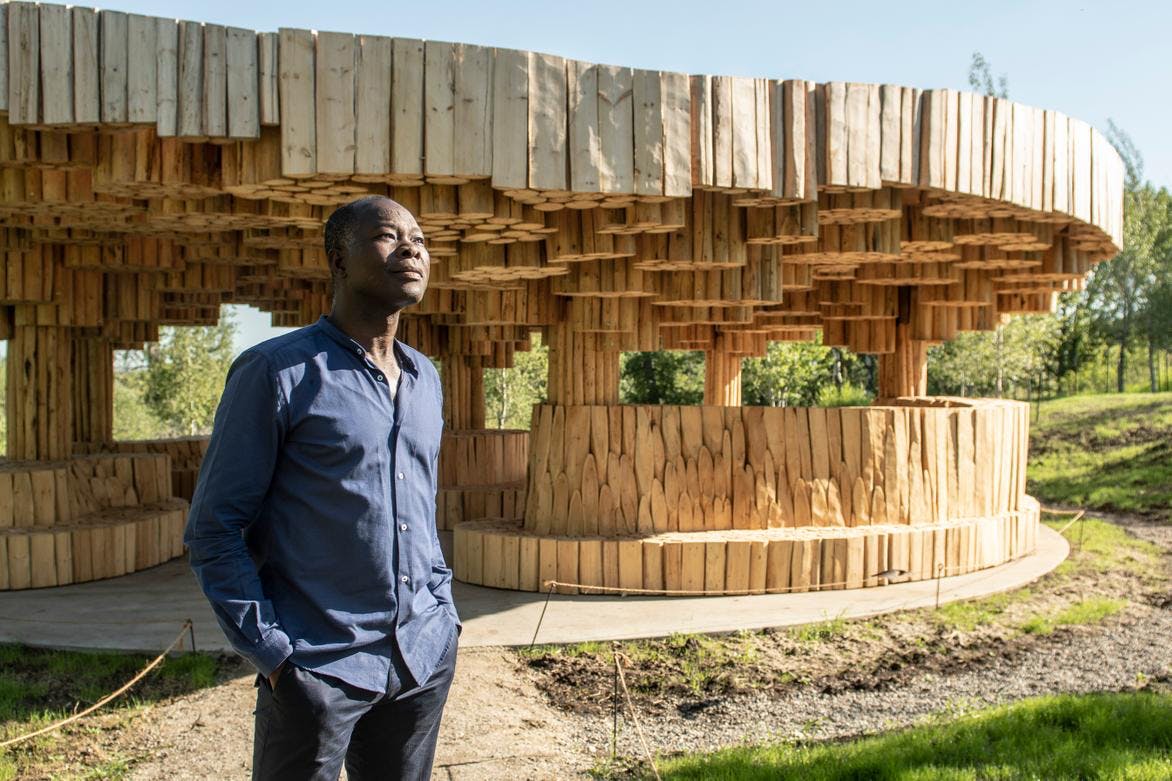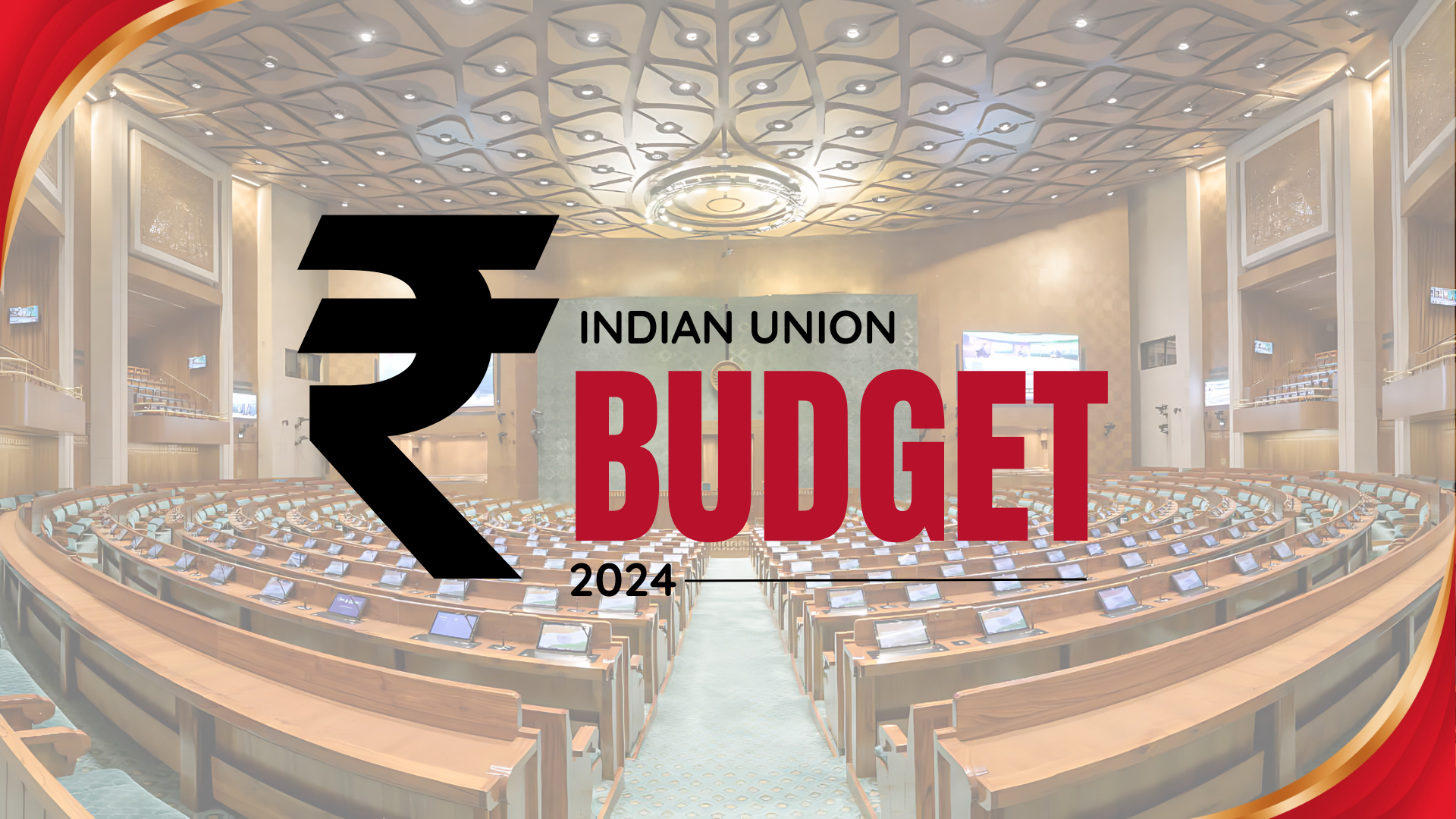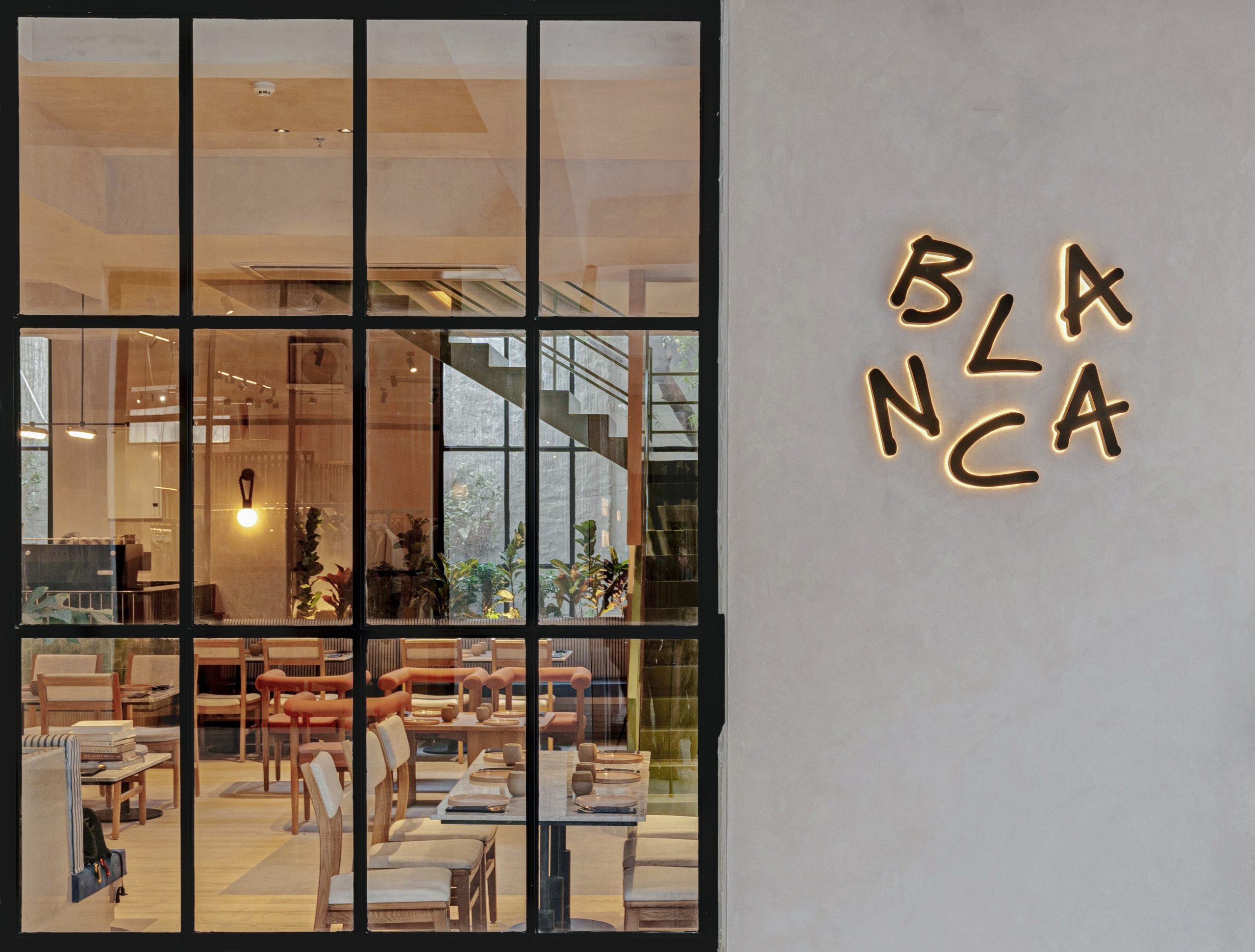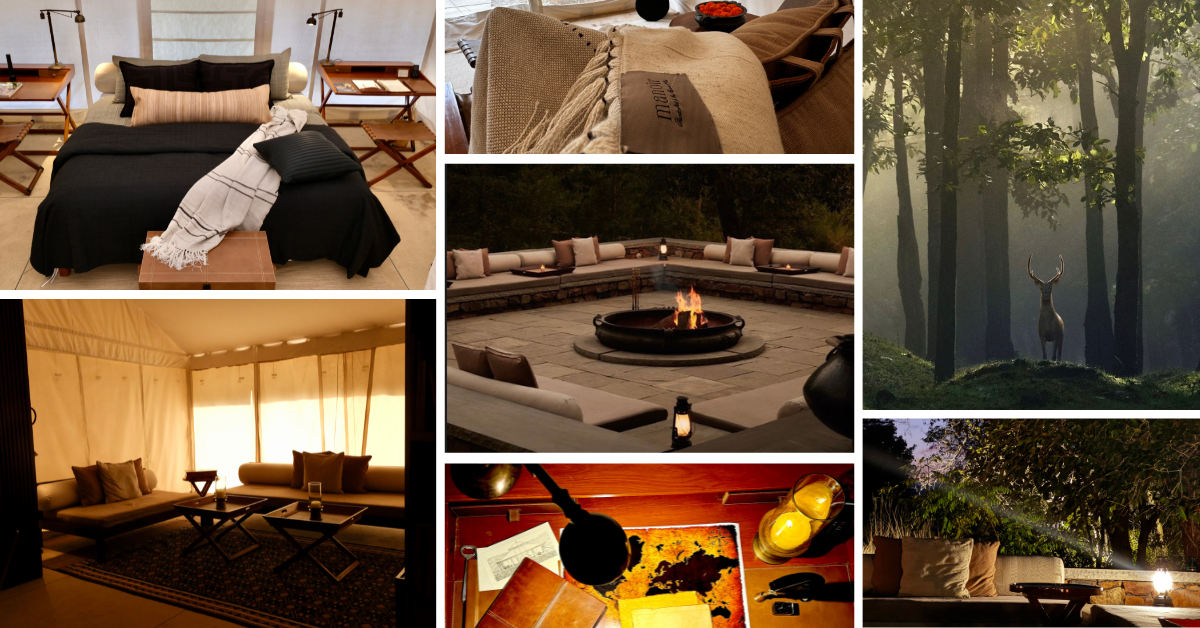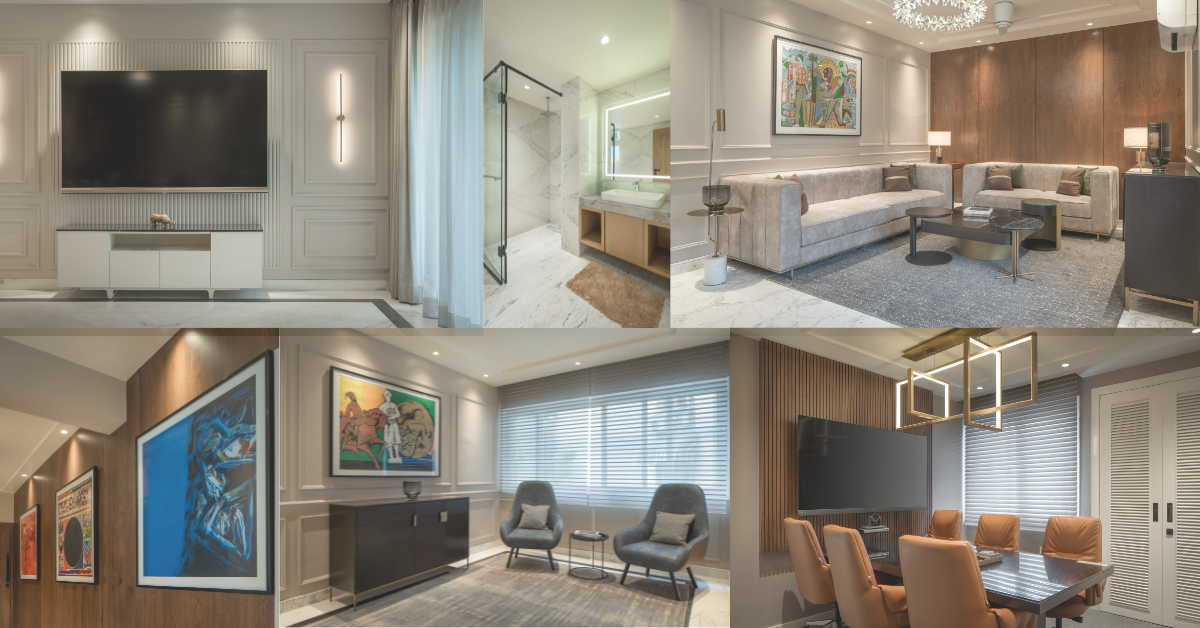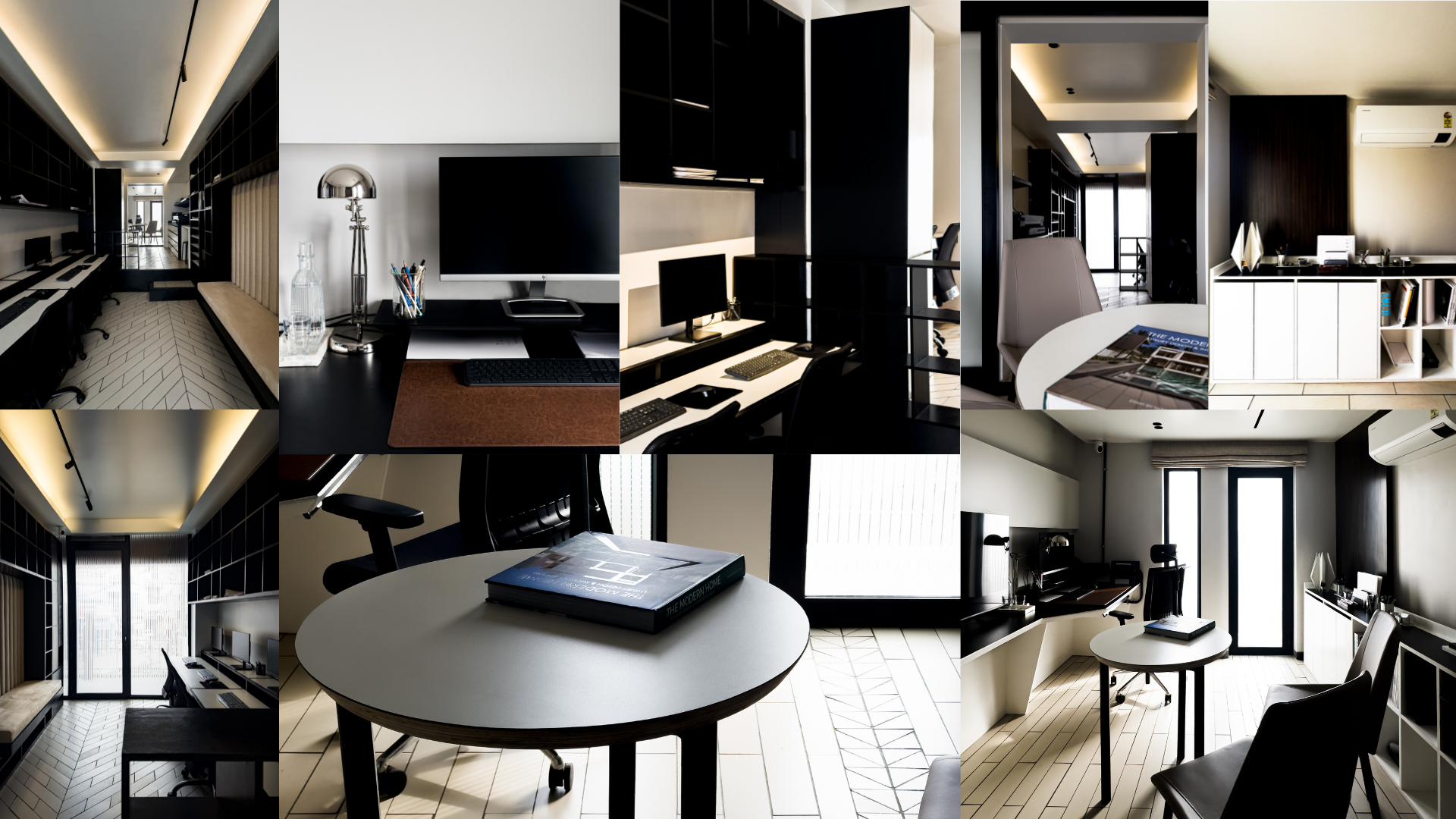“If we learn to build from local materials, we have a future,” says Francis Kere – the 2022 Pritzker Architecture Prize laureate. Kere is a promising Afro-German architect shaping contemporary architecture from a place of belongingness. His keen understanding of the socio-cultural fabric helps Kere in designing holistically. Driven by a sense of community, Kere humanises building designs to empathise with its users.
Making His Way in the Architecture Discipline
Born in Gando, Burkina Faso in 1965, Kere is globally recognised for his works in sustainability and material innovation. Due to the unavailability of education infrastructure in his village, Kere moved to a nearby city for schooling. As Kere approached high school graduation, he felt the need to contribute to his community. Thus, in 1998, Kere with the help of his friends set up an association named Schulbausteine für Gando (now Kere Foundation) to fund the construction of a primary school in Gando.
While the association continued to garner funds, Kere went on to study architecture at the Technical University of Berlin and graduated in, 2004. While studying architecture, he realised his pilot project – the Gando Primary School in 2001. He designed the school as a combination of the knowledge he gained at the university and the traditional building techniques from Burkina Faso. In 2005, Kere began his own architecture practice – Kere Foundation, with the vision of re-establishing contextuality in contemporary architecture.
Awards and Recognition
Francis Kere is the recipient of the 2022 Pritzker Prize Winner – the most decorated award in the architecture fraternity. While awarding the Pritzker Prize to Kere, the jury quoted “Francis Kéré’s work is, by its essence and its presence, the fruit of its circumstances. In a world where architects are building projects in the most diverse contexts – not without controversies.” The award has won Kere global recognition and paved the way for him to be a guiding light for collaborating architecture with nature.
Kere has been awarded the Aga Khan Award for Architecture (2004), the Global Award for Sustainable Architecture (2009), the Prince Claus Laureate Award (2017), along with many more international accolades. A passion for education has led Kere to be associated with international architecture institutes. He has been awarded a visiting professorship at the Yale School of Architecture. His latest association is with the Bauhaus University in Weimar, Germany in 2021.
Works of Francis Kere
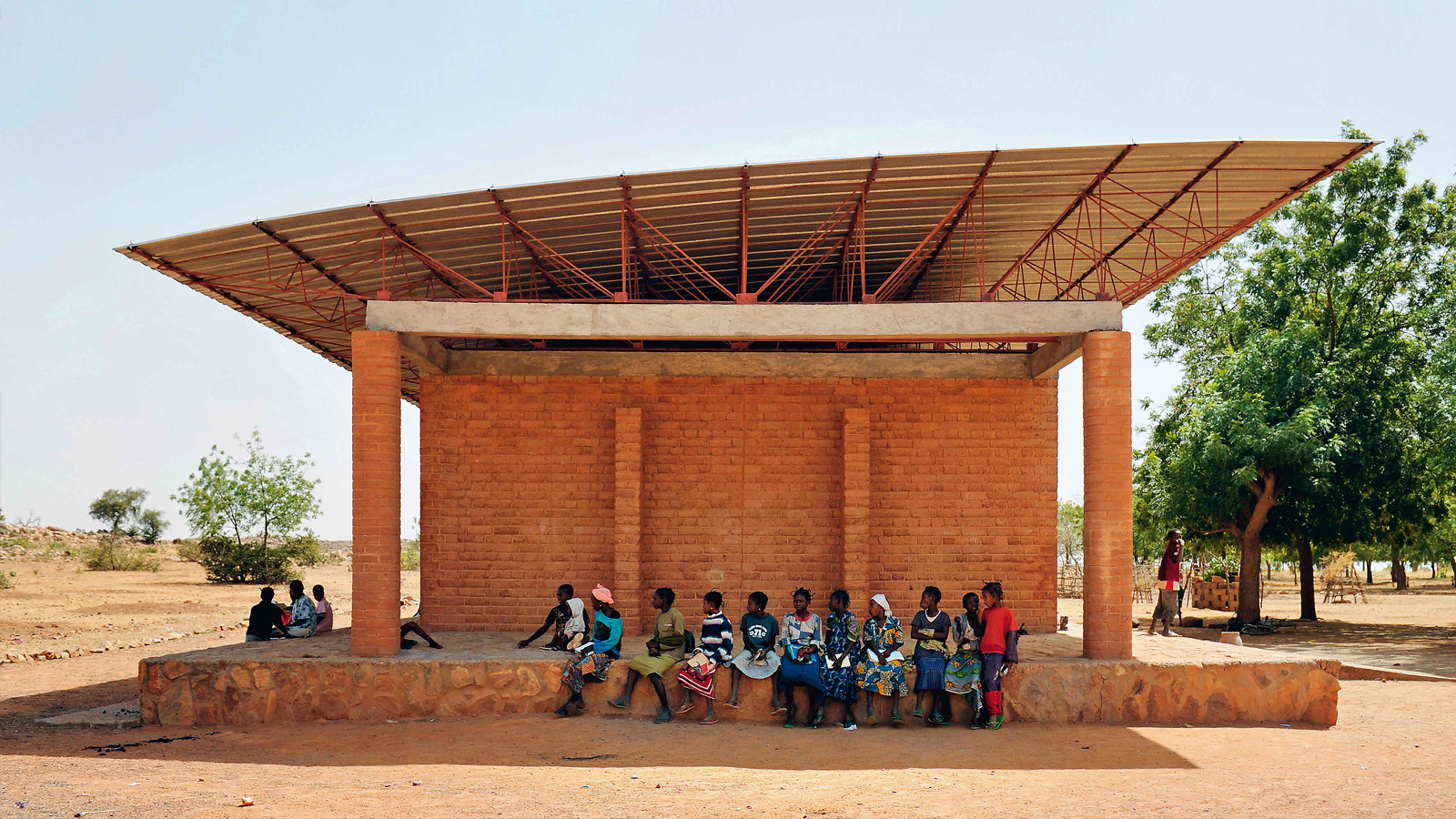
Informed by tradition, the architectural works of Francis Kere are responsive to people and their context. He becomes one with the place, people, climate, and technology to create meaningful spaces that offer comfort and security.
An account of Kere’s work is incomplete without the mention of his debut project – The Gando Primary School. The architectural design of this school evolved in response to the climate, resource availability, cost, and construction feasibility. With the intent to maximise the results with minimal resources, a plan was chalked out. The abundant availability of clay in Burkina Faso made it a viable material for construction. Traditional clay-building techniques were adopted in combination with modern technology and materials to create robust structures. Along with easy availability, clay is a cost-effective material that is easy to produce. It is also efficient in providing thermal comfort.
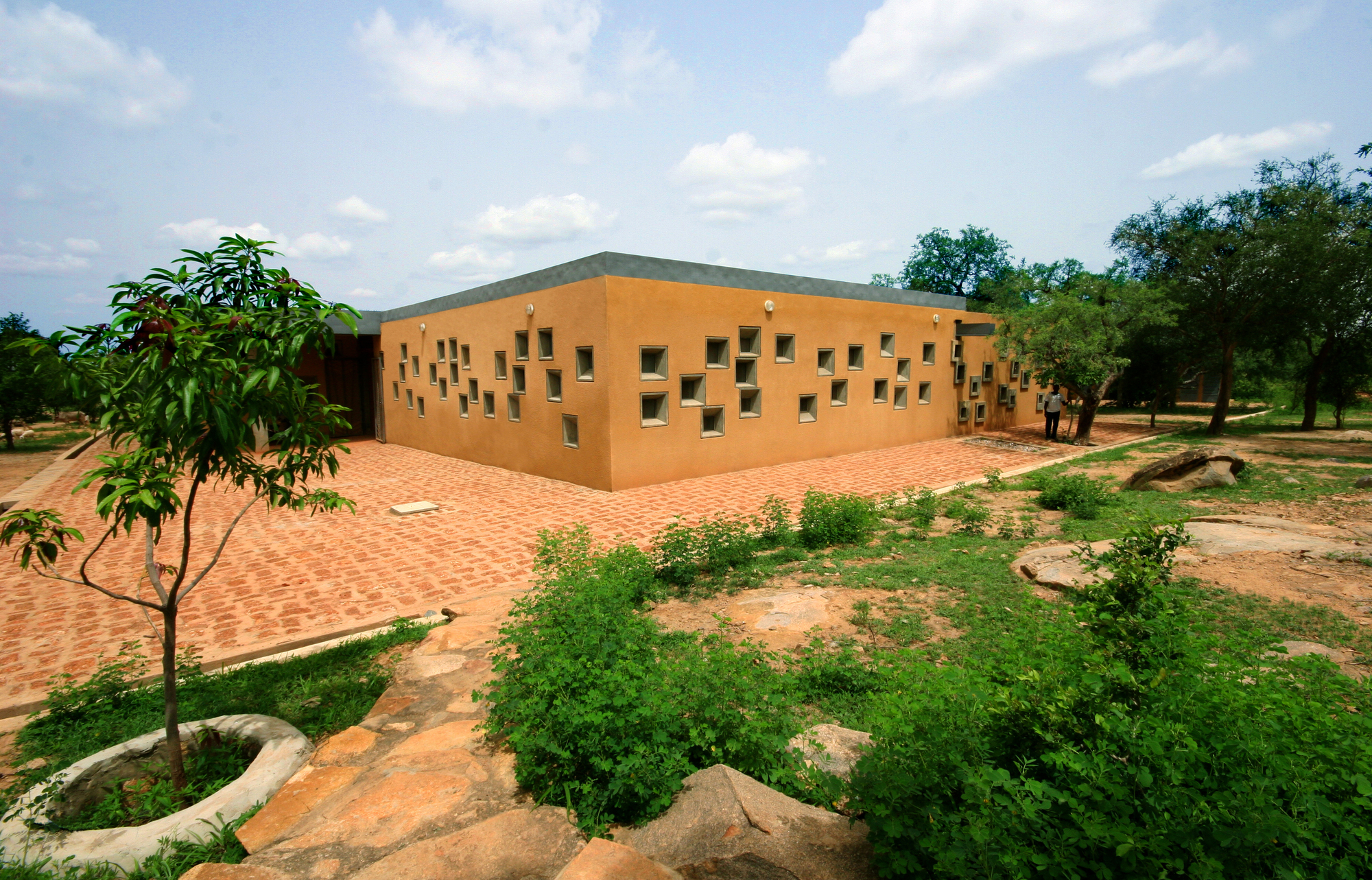
Another extraordinary example of Kere’s work is The Centre for Health and Social Welfare in Laonga. Completed in 2014, the centre is conceived as a part of the Opera Village to cater to the medical needs of local people. The building design is divided into three interlocking units namely general medicine, dentistry, gynaecology, and obstetrics. These units are arranged around a series of shaded courtyards used as waiting areas by the visitors. The fenestration is designed with a sense of dynamism, considering three vantage points – sitting, standing, and lying. Windows provided at each level capture distinct aspects of the landscape, thereby developing a strong relationship with the surroundings while minimising solar radiation. Clay bricks and laterite stone are used for the construction of the Centre.

The Benga Riverside School is an educational institute designed by Kere for the Benga Riverside Community. Located on the banks of the rivers Zambezi and Revuboe, the project was completed in 2018. The complex houses administrative buildings, a nursery, primary and secondary school sections. The layout of the complex is a free-flowing pattern that incorporates landscape as an integral design element. A green, welcoming landscape acts as a buffer from the adjoining roads. The walls allow people to view inside the classroom, which creates a feeling of trust and transparency.
Kere says, “I am hoping to change the paradigm, push people to dream and undergo risk. It is not because you are rich that you should waste material. It is not because you are poor that you should not try to create quality,” he continued. “Everyone deserves quality, everyone deserves luxury, and everyone deserves comfort. We are interlinked and concerns in climate, democracy, and scarcity are concerns for us all.” This quote establishes that Kere’s works have a purpose that is bigger than designing buildings; it is rather to contribute to humanity at the grassroots level.
Sources:
- Why Francis Kéré Won the Pritzker Prize?
- Francis Kéré: The Latest Architecture and News
- In Photos: Francis Kéré’s ‘Game-Changing’ Buildings That Won Him the 2022 Pritzker Prize
- Kéré Architecture
- The 2022 Pritzker Prize is awarded to Diébédo Francis Kéré
Disclaimer: The information contained herein have been compiled or arrived at, based upon information obtained in good faith from sources believed to be reliable. The opinions expressed within the content are solely the author’s and can be subject to change. The image featured in this article is only for illustration purposes. If you wish the article to be removed or edited, please send an email to editor@biltrax.com




